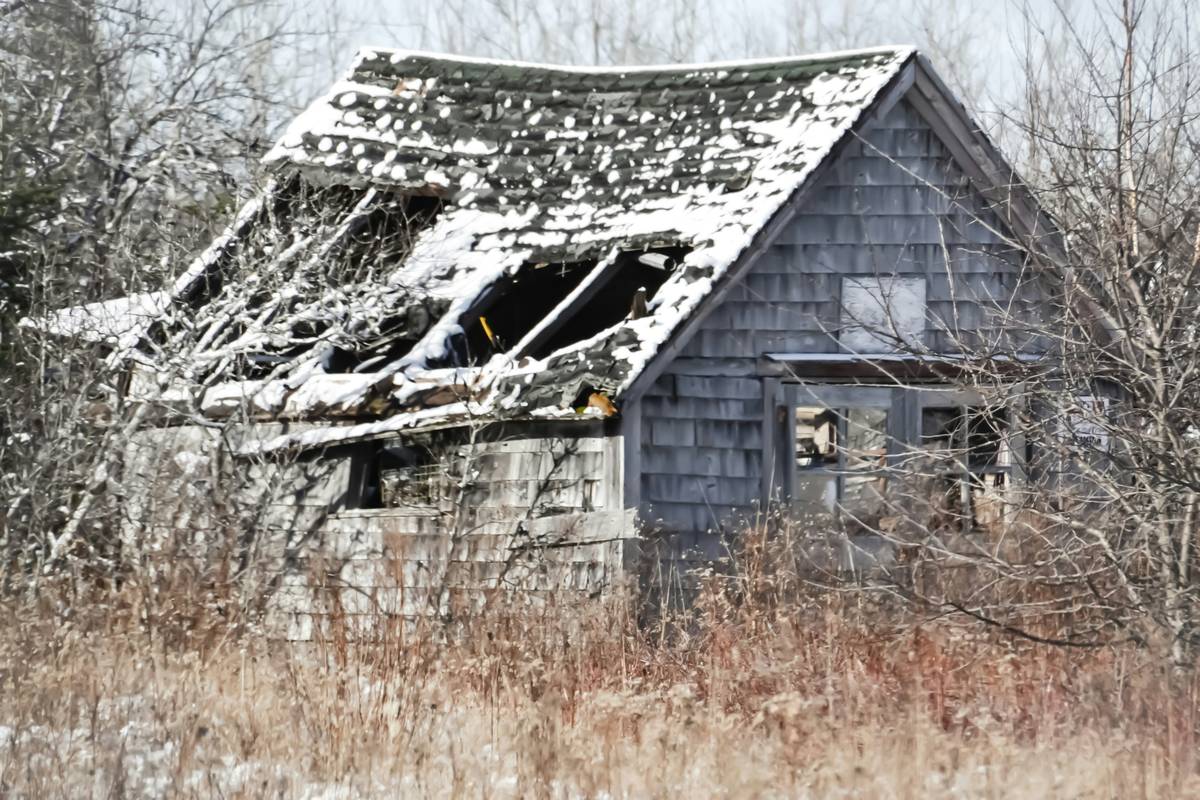Ever had your car keyed or your home spray-painted in the middle of the night? If you have, you know how frustrating vandalism can be—not just emotionally but financially. Did you know that nearly 30% of vandalism claims are denied simply because homeowners lack proper legal documentation? Crazy, right? But don’t worry—this guide will walk you through everything you need to know about legal documentation for claims, so you’re never left footing the bill alone.
In this post, we’ll break down why legal documentation matters, how to prepare it, and share actionable tips to avoid pitfalls. By the end, you’ll feel confident navigating vandalism insurance claims like a pro.
Table of Contents
- Why Does Legal Documentation Matter?
- How to Collect and Organize Evidence
- Top Tips for Avoiding Claim Denials
- Real-Life Examples of Successful Claims
- Frequently Asked Questions (FAQs)
Key Takeaways
- Legal documentation is critical for vandalism insurance claims; without it, you risk denial.
- Police reports, photos, and repair estimates form the backbone of solid claims.
- Avoid vague language when filing your claim—it’s “chef’s kiss” for smooth approvals.
Why Does Legal Documentation Matter?
Here’s where I confess a major fail: Back when my garage door got egged beyond recognition, I thought taking a couple grainy cell phone pics would cut it. Spoiler alert—it didn’t. Without strong legal documentation for claims, insurers often deny payouts due to insufficient proof. And trust me, hearing “no” from your insurance company sounds worse than nails on chalkboard.
Vandalism claims hinge on evidence. Insurers need undeniable proof that damage occurred, who it impacted, and what caused it. That’s where legal documentation comes into play—it acts as your paper knight in shining armor during disputes. Skip it, and you might as well throw your wallet off a cliff.

Figure 1: An infographic illustrating common reasons why vandalism claims get denied.
How to Collect and Organize Evidence
Optimist You: “This sounds easy enough!” Grumpy You: “Ugh, organizing files? Sounds like the plot of my worst nightmare.” Fear not—here’s an idiot-proof method:
Step 1: File a Police Report Immediately
The first step in building legal documentation for claims is contacting law enforcement. A police report adds credibility to your case by verifying the incident happened.
Step 2: Take High-Quality Photos
Blurry phone selfies won’t fly here. Use good lighting, multiple angles, and zoom sparingly. Bonus points if you include close-ups of specific damages.
Step 3: Gather Repair Estimates
Contact licensed contractors or mechanics for detailed cost breakdowns. Keep receipts from temporary fixes too—they count!

Figure 2: Checklist highlighting essential items for effective documentation.
Top Tips for Avoiding Claim Denials
If only avoiding denials were as simple as hitting ‘submit.’ Here are some golden nuggets:
- Be Detailed: Include timestamps, exact locations, and witness statements.
- Read Fine Print: Some policies exclude certain types of vandalism—don’t let that trip you up.
- Keep Copies: Store all documents digitally and physically.
Terrible Tip Disclaimer: Don’t rely solely on social media posts as evidence. They’re great for spreading awareness but lousy for official claims.
Rant Alert: Why do insurers make PDF uploads harder than beating a level-50 boss in Dark Souls? Simplify things already!
Real-Life Examples of Successful Claims
Let’s talk success stories. Meet Sarah, whose car windows were smashed overnight. She meticulously documented every detail—from high-res photos to contractor quotes. Result? Full reimbursement within weeks. Moral of the story? Do the legwork upfront—it pays dividends later.

Figure 3: Before-and-after images demonstrating a successful vandalism claim resolution.
Frequently Asked Questions (FAQs)
Q: Is legal documentation required for all vandalism claims?
A: While not legally mandatory everywhere, having it significantly boosts approval chances.
Q: Can I use videos instead of photos?
A: Yes! Just ensure they’re clear and timestamped.
Q: What happens if I lose my paperwork?
A: Reach out to authorities or professionals involved—many keep backups.
Conclusion
We’ve covered the gamut: why legal documentation for claims is non-negotiable, how to gather it effectively, and even shared insider tips to sidestep rejection letters. Now it’s time to put these strategies into action.
Remember: Like a Tamagotchi, your financial protection needs daily care—and proper documentation is step one.


